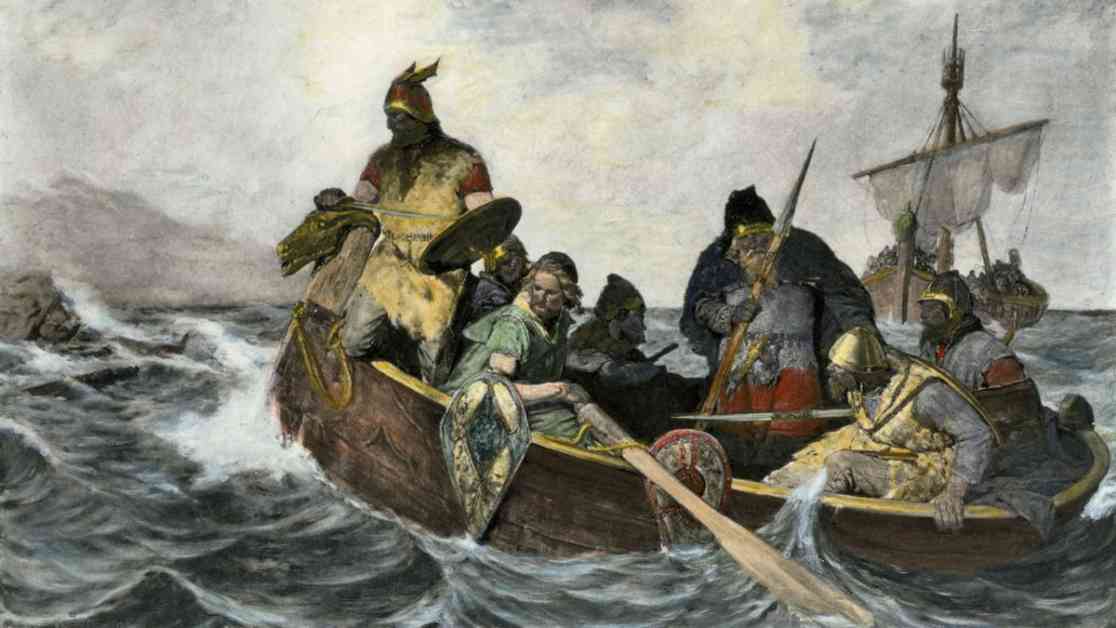The Vikings were among the first Europeans to reach North America, landing in what is now Newfoundland, Canada, around A.D. 1000. They established an outpost at L’anse aux Meadows but did not colonize North America on a large scale. The question remains: why didn’t the Vikings establish a colony in North America?
There are several reasons that may have contributed to the Vikings’ failure to establish a colony in North America. One factor is that they may not have been interested in colonization at the time. Birgitta Wallace, a senior archaeologist emerita with Parks Canada, suggested that the Vikings were more focused on finding natural resources to sustain their Greenland colony rather than establishing new settlements.
On the other hand, Kevin P. Smith, a research associate at the Smithsonian Institute, believes that there was interest among some Vikings in establishing a colony in Vínland. Norse texts indicate that opportunities for leadership and independence may have motivated some Vikings to consider settling in North America.
However, conflicts with Indigenous peoples may have played a significant role in the Vikings’ decision to abandon their efforts to colonize North America. The sagas of Erik the Red mention a clash with Indigenous people that resulted in a defeat for the Vikings, leading them to retreat and ultimately give up on establishing a stable colony in the region.
Another challenge the Vikings faced was their limited numbers. The total population of Scandinavia in the late Viking Age was likely less than a million, and Greenland had only a few hundred settlers. In contrast, the Indigenous population of North America was much larger, making it difficult for the Vikings to establish a significant presence in the region.
The harsh conditions of the North Atlantic, the distance between Vínland and Greenland, and the less developed state of Scandinavian societies compared to European states after Columbus’ voyages were also factors that worked against Viking colonization efforts.
Despite these challenges, the Vikings’ brief presence in North America remains a fascinating chapter in history. Their attempts to establish a colony in Vínland ultimately failed, but they left behind evidence of their presence in the form of archaeological sites like L’anse aux Meadows.
In conclusion, the Vikings’ failure to establish a colony in North America can be attributed to a combination of factors, including their limited numbers, conflicts with Indigenous peoples, and the challenging conditions of the North Atlantic. While their efforts may have been short-lived, the Vikings’ exploration of North America remains an important part of the continent’s history.










